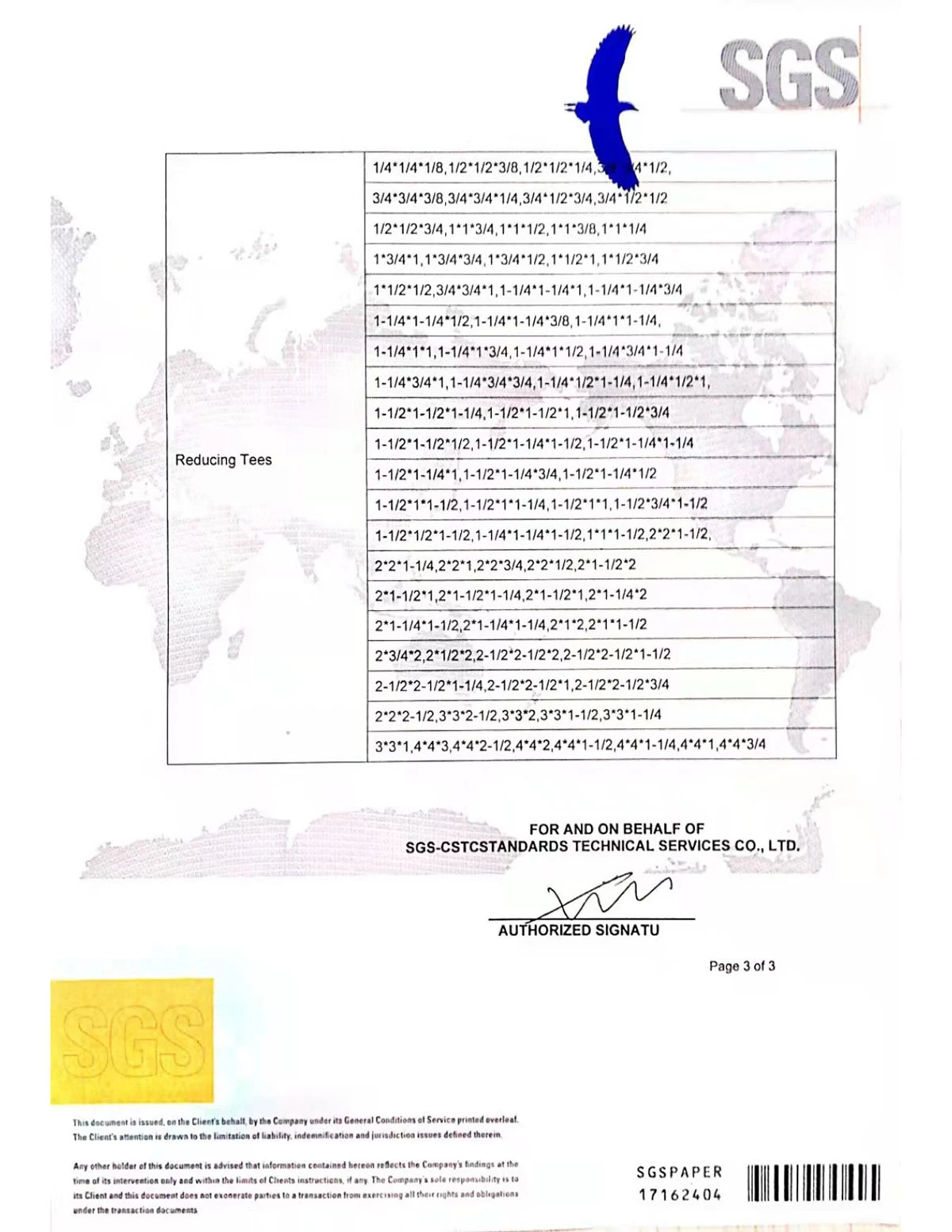Pipe coupling types are essential components in plumbing and piping systems, each designed to serve specific purposes and tackle unique challenges. Understanding these types can lead to more efficient, reliable, and durable installation, demanding the expertise of professionals well-versed in the nuances of piping systems. Here’s an in-depth exploration of the main types of pipe couplings, offering insights into their respective roles and advantages in various applications.

One widely recognized type is the threaded coupling. Threaded couplings are common in installations involving smaller pipe diameters. Known for their ease of assembly and disassembly, these couplings require threading on the pipe ends, effectively preventing leaks when properly installed. They are particularly advantageous in residential plumbing and low-pressure industrial applications, where modifications or maintenance might be frequent. The precision required in ensuring thread quality emphasizes the need for expertise in handling such components to minimize leaks and ensure longevity.
Another critical type is the compression coupling, which stands out for its utility in situations demanding quick repairs. Compression couplings are designed to connect two pipes or a pipe and a fitting without soldering, welding, or threading. Instead, they utilize compression rings and nuts, making them ideally suited for temporary setups or emergency repairs. The principle of compression coupling relies heavily on tightening, demanding a thorough understanding of torque application for creating a secure and leak-free seal.

Grooved couplings represent an efficient choice for larger-diameter pipe systems, often seen in commercial and industrial settings. These couplings involve grooves at the pipe ends into which a gasket is inserted and secured with a housing. The advantage lies in their ability to absorb vibrations, accommodate flexibility, and facilitate easy access for maintenance without dismantling entire sections. Their expertise involves precise alignment and regular inspections, ensuring optimal performance without compromising the piping system’s integrity.
For systems where heat and chemical resistance are paramount, flanged couplings provide an authoritative solution. Flanged couplings are characterized by flanges installed at the pipe ends, bolted together with a gasket between them to secure the seal. This design handles high-pressure environments and withstands extreme temperatures, making it indispensable in oil, gas, and chemical industries. Expertise in flange alignment and torque application ensures leak-free connections and maximized operational efficiency.
pipe coupling types
Push-fit couplings offer a modern solution designed for quick and easy installation, eliminating the need for specialized plumbing skills. By simply pushing the pipes into the coupling, a watertight and pressure-resistant seal is created. This feature makes push-fit couplings highly desirable for do-it-yourself projects and locations where access is limited or turnaround time is critical. However, understanding the pressure ratings and compatibility of materials is essential in ensuring their reliability and trustworthiness.
The choice of pipe coupling type often depends heavily on the specific requirements of the piping system, including the materials involved, the environmental conditions, and budget constraints. An authoritative understanding reveals that no one coupling fits all scenarios, and selecting the appropriate type necessitates a deep understanding of the infrastructure’s demands and long-term operational goals. Expert guidance ensures that installations are not only efficient but also sustainable, providing peace of mind and minimizing future maintenance costs.
Every type of pipe coupling carries its unique set of advantages and challenges, and the modern plumbing expert must be adept at identifying the optimal choice to meet specific needs. The trustworthiness of the system relies on the expertise of those who design and install it, highlighting the importance of detailed knowledge and precision in this industry. Mastery over these components directly translates into the overall success and safety of a given project, underscoring the critical role that specialized knowledge plays in achieving high-quality results.
In conclusion, pipe couplings, though often overlooked, play a pivotal role in determining the success and reliability of piping systems. Each type, whether it be threaded, compression, grooved, flanged, or push-fit, demands precise installation, informed by an in-depth understanding of its unique features and applications. Professionals equipped with the right expertise make all the difference, ensuring that piping systems operate smoothly and safely under varied pressure and environmental conditions, thereby bolstering the credibility and authority of the plumbing and piping sectors.
Post time:
Jan-17-2025











